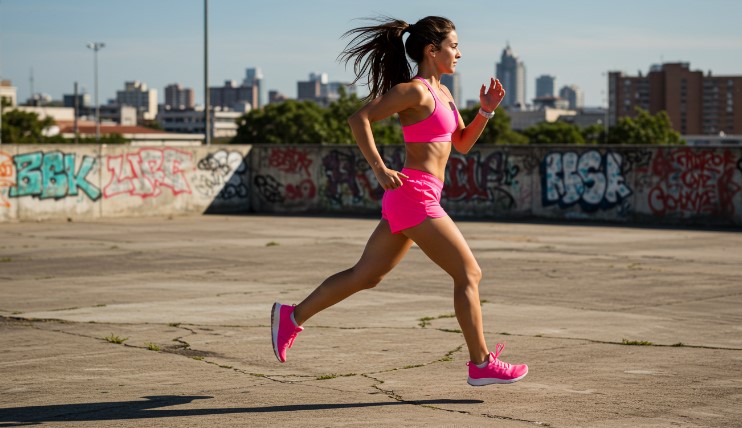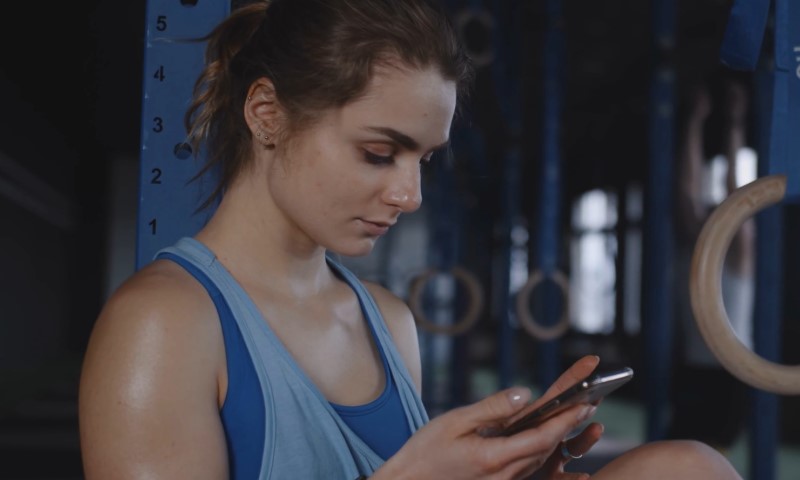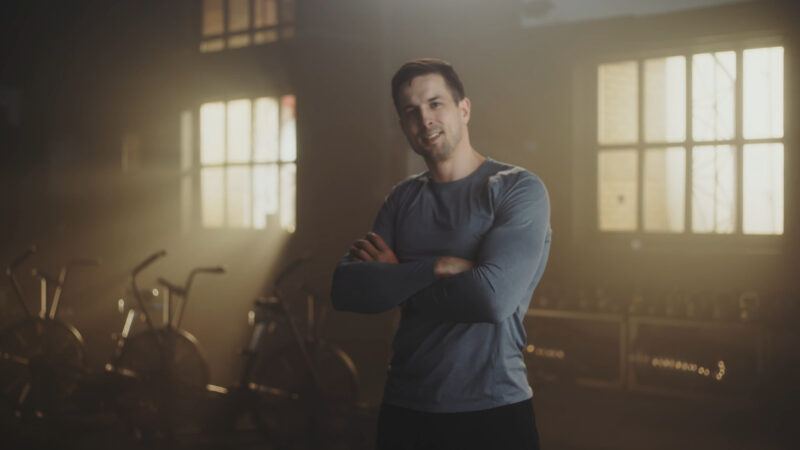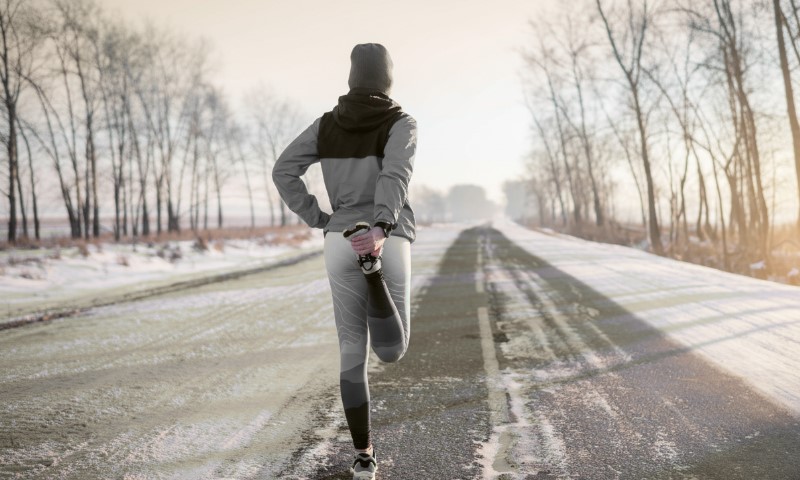Jogging in the city has its perks. There’s always somewhere to go, it fits into your day almost anywhere, and there’s a kind of rhythm in moving through familiar streets.
But urban running also comes with some real challenges, especially if your usual path is concrete sidewalks or blacktop roads. Those surfaces are unforgiving. And if you’re not dressed for it, your body’s going to let you know.
So let’s talk gear. Not fashion for the ‘Gram. Gear that matters. The stuff that keeps your knees from throbbing, your feet from blistering, and your brain focused on the run, not on the pain.
Table of Contents
ToggleWhat You Wear Makes a Big Difference
Every time your foot hits the ground, a shockwave travels up through your body. On soft trails or grassy paths, some of that impact gets absorbed by the surface.
On concrete or asphalt? It bounces right back. That’s why city runners often deal with things like shin splints, sore knees, or tight hips.
The right clothing and, more importantly, the right shoes can help cushion that blow. Think of them as your built-in shock absorbers. A good setup won’t eliminate the stress completely, but it’ll go a long way toward making sure you’re not sidelined after a few weeks.
Footwear
Let’s be clear: your shoes matter more than anything else you wear. You can jog in an old T-shirt and shorts from high school. But if you’re pounding concrete in beat-up sneakers with no cushion left? You’re asking for trouble.
And while shoes are critical, don’t overlook supportive accessories like compression socks from Australia, which can help reduce calf fatigue on unforgiving surfaces.
Key Features to Look For
Cushioning
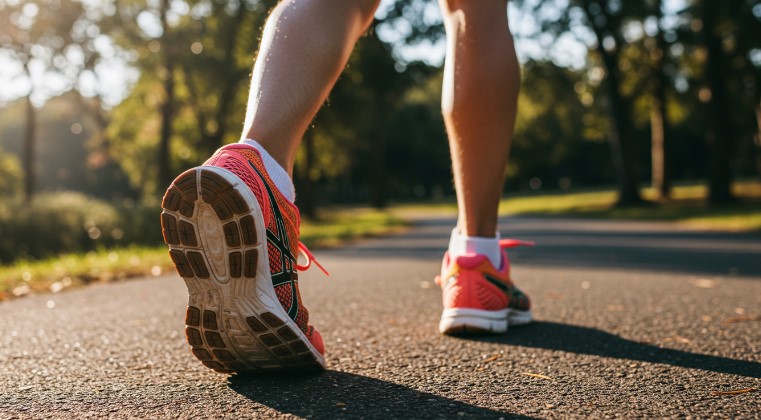
You need serious midsole support. Not just comfort for your feet, but real protection for your joints. Shoes like the Hoka One One Clifton or Asics Gel-Cumulus come highly recommended for urban runners for a reason—they soak up a lot of that repetitive force.
Research published in the Journal of Sports Sciences showed that well-cushioned shoes reduce peak impact forces by as much as 15% compared to minimalist options. That’s no small difference when you’re logging miles on concrete.
Heel-to-Toe Drop
This is the height difference between the heel and the toe. It affects your stride and the way your body absorbs impact.
- 0–4 mm: Good for experienced runners who land midfoot or forefoot. Altra makes zero-drop shoes that feel natural for this style.
- 5–9 mm: A middle ground, great for hobby joggers who want support without overcorrection.
- 10–12 mm: Best for heel strikers or heavier runners who need extra shock absorption.
Most casual runners tend to do well in the 8–12 mm range, especially when running on hard surfaces.
Support for Pronation or Supination
If your foot rolls inward too much (overpronation) or outward (supination), it’s worth investing in shoes designed to correct that. Brands like Brooks or Asics offer models with built-in support.
Still, don’t rely only on the shoe. Strengthening your foot and ankle muscles is just as important for long-term injury prevention.
Traction for Wet Conditions
Concrete and asphalt can turn slick fast when it rains. If you’re running year-round, grab a pair of shoes with improved grip—trail-inspired soles or hybrid road-trail models work well.
Shoe Models Worth Checking Out
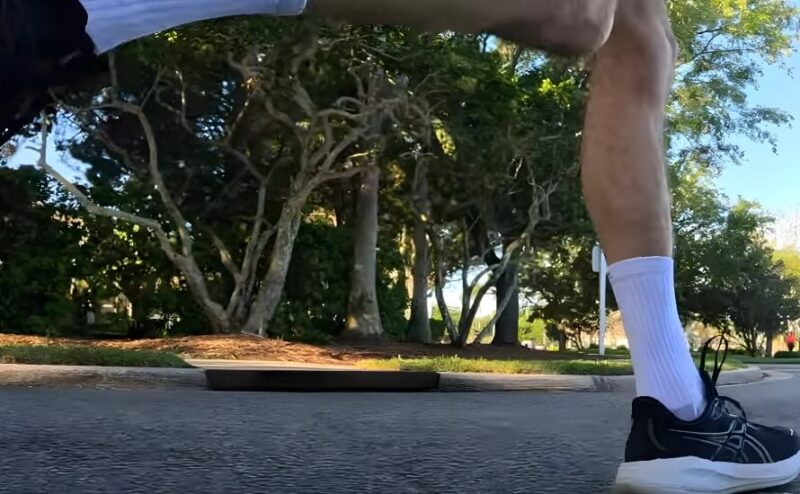
| Shoe | Best For | Key Features |
| On Cloudmonster | Long runs | Max cushioning, great grip on wet surfaces |
| Asics Gel-Cumulus | Beginners & pros | GEL™ shock tech, durable midsole |
| Nike Streakfly | Short, fast runs | Super light (184g), ZoomX foam |
| Asics Novablast | Daily running | FF BLAST™ PLUS foam for bounce |
| adidas Adizero Adios Pro | Long races | Lightstrike Pro, ENERGYRODS 2.0 for propulsion |
| Craft Pro Endur | Endurance training | PEBAX foam, 90% energy return |
Try on a few. Better yet, visit a local running store where they can analyze your gait and recommend the right fit. If you’re shopping online, tools like the Shoe Finder at Top4Running.com can help narrow it down.
Visibility and Safety
Urban running means you’re sharing space—cars, bikes, crosswalks, distracted pedestrians staring at their phones. That makes visibility critical.
What to Wear:
- Reflective vests or jackets: Look for bright, reflective stripes on whatever outer layer you’re wearing.
- Headlamps or clip-on lights: Ideal for early morning or evening jogs. Some lights clip onto your shoes or waistband.
- LED wristbands or ankle lights: Lightweight, battery-efficient, and visible from multiple angles.
You don’t need to look like a construction worker at midnight. But if drivers can’t see you, it doesn’t matter how well you’re running.
Clothing That Works With You, Not Against You
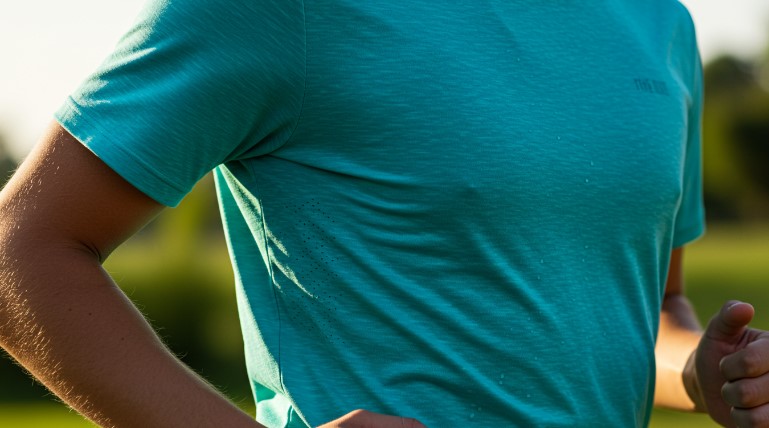
Now for everything else. Your clothing doesn’t need to be fancy, but it should work with your body, not distract you from your run.
Look for:
Moisture-Wicking Fabrics
Cotton is comfy for lounging, but during a run? It soaks up sweat and holds onto it. That means chafing, clamminess, and more discomfort than necessary. Go with poly-blends, Merino wool, or technical fabrics designed to move moisture away from your skin.
Breathability
Mesh panels. Ventilated sides. Lightweight fabrics. All of these help prevent overheating—especially in summer or during long runs.
Layering Options
For cooler climates or early mornings:
- Base layer: Moisture-wicking and fitted.
- Mid-layer (optional): Thermal or fleece, depending on temp.
- Outer layer: Windproof or water-resistant jacket.
Pro tip: Zip-off sleeves or convertible jackets let you adjust as your body warms up.
Concrete vs. Asphalt
Not all hard surfaces are equal. Where you’re running changes what gear you’ll need—and how your body responds.
| Surface | Pros | Cons | Gear Focus |
| Concrete | Consistent, predictable surface | Extremely hard; high injury risk | Max-cushion shoes; stable support |
| Asphalt | Softer than concrete, common | Potholes, vehicle traffic | Cushioning plus reflective gear |
If you’re mostly on sidewalks, you’re likely dealing with concrete. And that’s the toughest surface on your body. Prioritize impact protection.
Asphalt, found on most roads, is a bit more forgiving—but comes with its own safety challenges.
Avoiding Injury & Smart Habits That Pay Off
No matter how perfect your gear is, running on hard surfaces without smart habits can still land you with pain or injury. Here’s how to keep your body in it for the long haul:
Mix Up Your Surfaces
Not every run has to be on concrete. Swap in trail runs, rubber tracks, or even a treadmill once or twice a week. This variation reduces the repetitive stress that leads to overuse injuries.
Strengthen Key Muscles
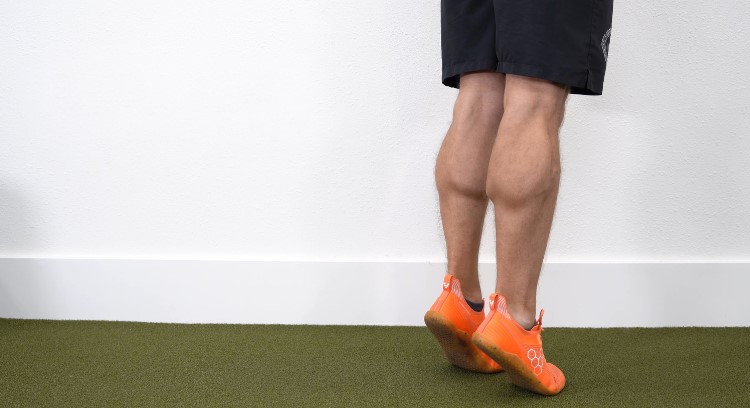
Build resilience with foot and ankle drills, calf raises, hip stability exercises, and core work. Your body handles impact better when everything’s firing properly.
Increase Mileage Gradually
The 10% rule is your friend. Don’t add more than 10% distance each week. Going too far too fast is one of the most common injury traps, especially on hard terrain.
Mind Your Form
- Try to land midfoot—not heavy on the heels.
- Shorten your stride slightly.
- Keep a slight forward lean (from the ankles, not the waist).
- Relax your shoulders and keep your arms swinging naturally.
Cross-Train
Alternate running days with cycling, swimming, or strength sessions. Your joints will thank you, and your aerobic engine will still improve.
Take Recovery Seriously
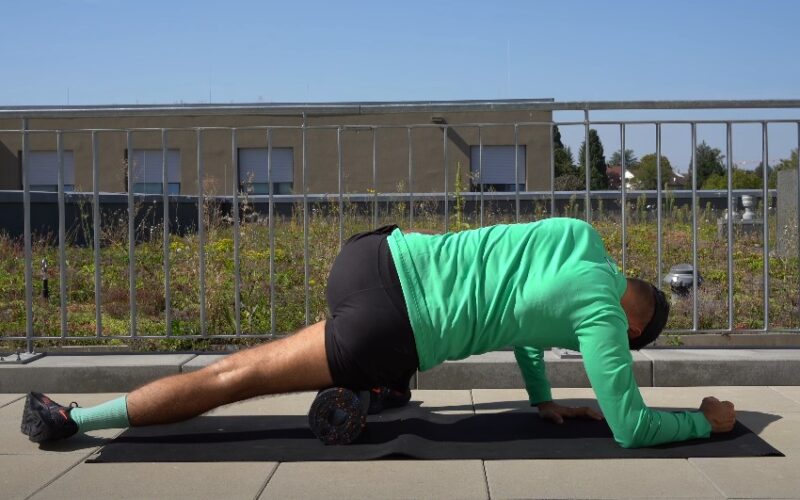
- Foam roll.
- Stretch.
- Sleep.
- Eat well.
And when something hurts for more than a day or two? Don’t brush it off. Take a break, get it checked out, and come back stronger.
Final Thoughts
Jogging on concrete or asphalt isn’t always easy on the body, but with the right setup, it’s absolutely doable—and even enjoyable. A well-cushioned pair of shoes that fits your stride and surface, some thoughtful clothing choices, and a little attention to safety go a long way.
Mix in some recovery. Pay attention to how your body feels. And experiment until you find what works for your version of urban running.
No need to overthink it. Just gear up, step out, and let the road carry you forward.
Related Posts:
- Top 400 Hilarious Gym Quotes to Keep You Motivated
- How Long Does It Take to Train for a Half Marathon?
- Half Marathon Training Plan for Beginners - Simple…
- 25 Simple Running Motivation Tips To Get You Moving
- How Far Is a Half Marathon? Everything You Need to Know
- 6 Best Running Playlists Music for Every Pace and Mood

